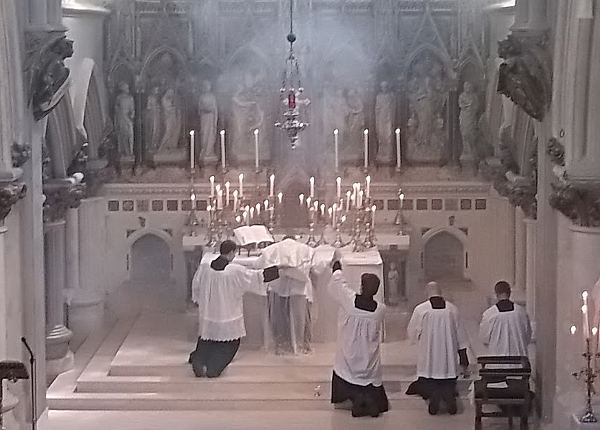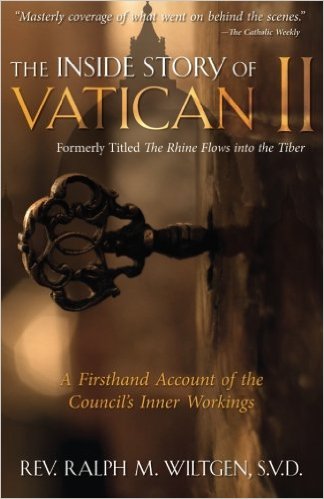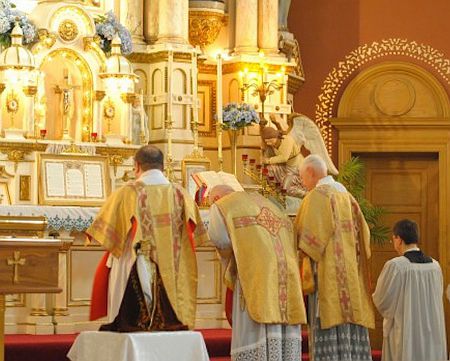Helt feil overskrifter i Vårt Land – om katolsk ekteskap
«Han var utestengt fra nattverden i seks år – nå gir paven ham lov» leser vi på Vårt Lands hovednettside, men det er ikke spesielt presis formulert – selve artikkelen har overskriften «Lar gjengifte katolikker få nattverd».
I artikkelen vises det også til et oppslag høsten 2015, kalt «Hans første ekteskap varte i 12 år – ifølge paven var han aldri gift» – også en overskrift som er helt misforstått, for denne saken har jo paven ikke hatt noe som helst med.
Artikkelen fra i fjor høst forteller om en katolikk som hadde et vanskelig ekteskap i 12 år, ble skilt, og så giftet seg på nytt igjen. Etter det ventet han i over 20 år før han brakte det første ekteskapet inn for Tribunalet, som erklærte det for ugyldig – og deretter ble han viet i Den katolske kirke. Alt dette følger den katolske kirkeretten, det er ikke noe ekstraordinært i saken og den er nokså vanlig.
I artikkelen fra i fjor nevnes det imidlertid at før det andre ekteskapet ble godkjent av Kirken, hadde noen prester fortalt denne personen at han likevel kunne motta sakramentene (mest skriftemålet og nattverden) selv om Kirken vurderte hans ekteskap som ugyldig. Det er dette man kaller en «pastoral» løsning, en uoffisiell (og hemmelig) vurdering av en prest om at her må Kirkens regler settes til siden – en løsning jeg personlig (som prest) aldri har forstått grunnlaget for. Selvsagt skal en prest vise stor omsorg for medlemmer med slike problemer, men ikke bryte Kirkens regler for å løse deres problemer – dette har blitt sagt i mange pavelige dokumenter de siste 30-40 årene.
Dagens artikkel i Vårt Land omtaler denne siste saken, og man skriver: «Paven gjorde det klart at Den katolske kirke står fast ved hovedregelen om at gjengifte ikke får motta nattverd, i dokumentet som han la fram sist fredag. Samtidig åpner det katolske overhodet i en fotnote likevel opp for at det kan gjøres unntak i «visse tilfeller».»
Vårt Land har helt rett i at det er noe ulik praksis i Den katolske kirke om hva konsekvensene av gjengifte blir – noen prester følger reglene ganske nøye, mens andre mener de kan finne grunner til å bryte reglene, og det er også riktig at bispesynodene om familien og ekteskapet i 2014, og 2015, og sist ukes dokument fra disse synodene «Amoris lætitia» har vært svært opptatt av denne problemstillingen. Jeg kan likevel ikke se at pavens dokument åpner nattverdbordet for gjengifte på noen som helst generell måte – i hvilken fotnote til dokumentet står denne tillatelsen?


 Jeg har nå begynt å lese (en Kindle-utgave av) boka The Rhine Flows Into the Tiber, jeg leser den utvidede utgaven fra 1991 kalt
Jeg har nå begynt å lese (en Kindle-utgave av) boka The Rhine Flows Into the Tiber, jeg leser den utvidede utgaven fra 1991 kalt 
